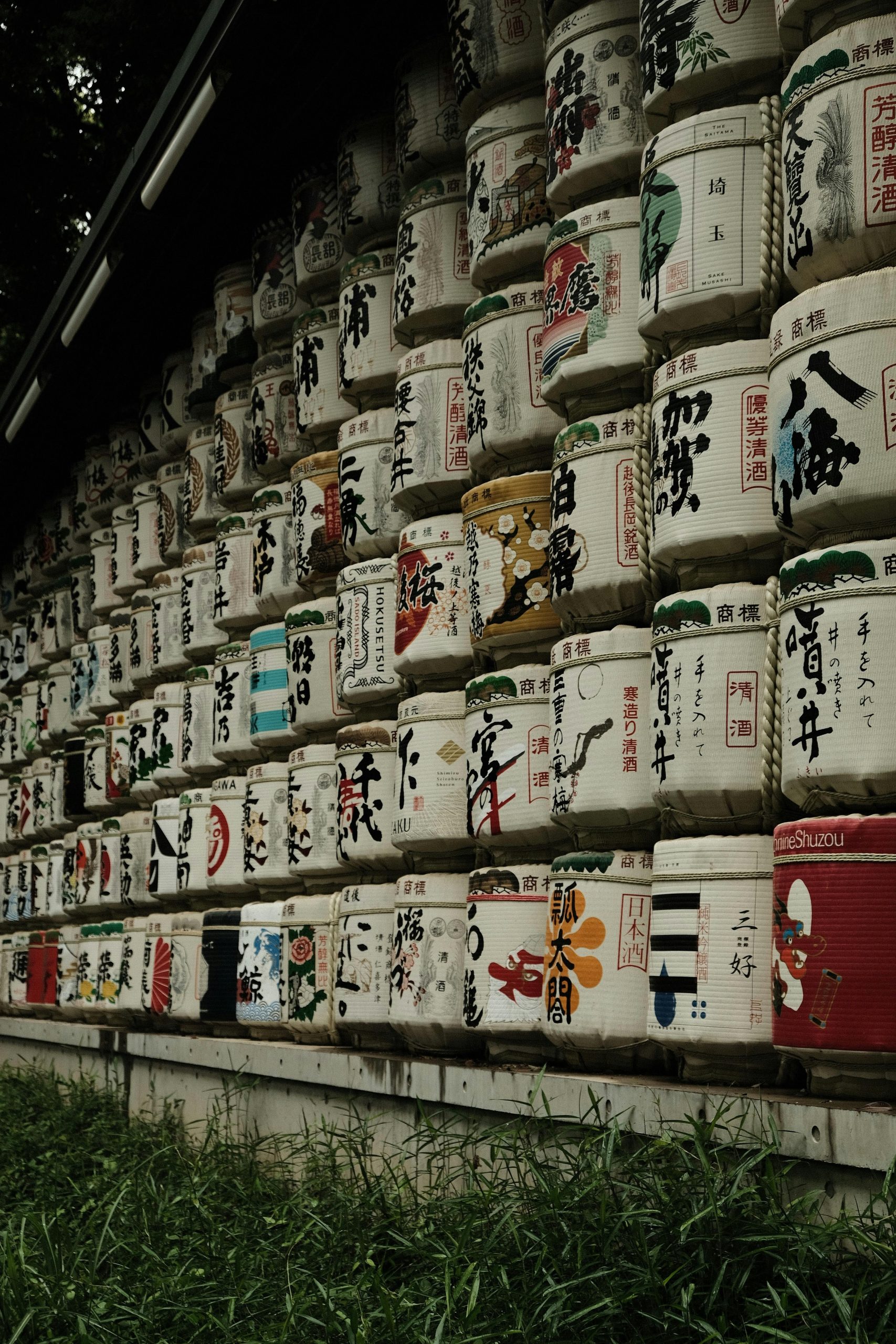The Mystery of Crop Circles: Unraveling the Enigma
For decades, crop circles have captivated the imagination of people around the world. These intricate patterns appearing mysteriously in fields overnight have sparked numerous theories ranging from extraterrestrial artistry to elaborate human pranks. But what truly happened to crop circles? Let’s delve into their enigmatic history and explore their current status.
Crop circles first gained prominence in the late 20th century, particularly in the rural landscapes of southern England. Their intricate and often geometric designs left many speculating about their origins. Some believed they were messages from alien civilizations, while others argued they were the work of skilled human pranksters using rudimentary tools and a knack for geometry.
As time passed, the phenomenon spread globally, drawing attention from both enthusiasts and skeptics. Theories abound, with various individuals and groups taking credit for creating these patterns, often as a form of artistic expression or social commentary. Notably, “circle makers” emerged, claiming responsibility for many of the designs and demonstrating their techniques in documentaries and media interviews.
In recent years, however, the frequency and allure of crop circles appear to have waned. Advancements in technology have made it easier to debunk supernatural claims, reducing the mystery that once surrounded them. Additionally, the novelty has diminished as the public’s interest shifts towards other phenomena and modern technological wonders.
Despite this, crop circles continue to intrigue a segment of the population. They represent a unique intersection of natural beauty, human creativity, and the enduring quest for answers to the unknown. Whether orchestrated by artists or imagined by extraterrestrial craftsmen, crop circles remain a fascinating subject for both scientific scrutiny and creative admiration.
Today, while they may not dominate headlines as they once did, crop circles still occasionally manifest, sparking curiosity and debate. Their legacy reminds us of the power of nature, the allure of mystery, and the endless possibilities when human imagination meets the natural world.




Crop circles have long intrigued both believers in the paranormal and scientists seeking rational explanations. These circular, often complex patterns that mysteriously appear overnight in fields have historically sparked numerous theories. While once perceived as possible signs of extraterrestrial activity or natural phenomena, crop circles are now widely recognized as human-made. Here’s a deeper look into what happened to this fascinating cultural phenomenon:
Historical Background and Evolution
Crop circles gained public prominence in the late 20th century, particularly in the 1980s and 1990s, when they were regularly featured in the media. Early reports date back to the 17th century, but the modern wave began in 1978, predominantly in Southern England, before spreading worldwide. Initially, they started as simple circles but eventually morphed into complex geometric patterns and even intricate art forms.
Human-Made Origins
In the 1990s, key figures like Doug Bower and Dave Chorley came forward, claiming responsibility for many of these formations and demonstrating their techniques. Using simple tools like rope and wooden planks, they showed how teams of people could efficiently create these patterns under cover of night. Their admission led many to accept that crop circles were a blend of artistry, prank, and folk tradition.
Decline in Popularity
As public awareness of the human origin of crop circles increased, their allure as a mystery diminished. The decline in the frequency of crop circle reports can also be attributed to improved technology and surveillance methods, making it harder to create these patterns undetected. Furthermore, the internet era made it easier for communities to debunk hoaxes swiftly, removing much of the intrigue that captivated earlier audiences.
Modern Interpretations and Uses
Rather than vanishing entirely, crop circles have evolved in their purpose and audience. Today, they are predominantly an art form and cultural expression rather than a source of otherworldly speculation. Some artists intentionally create crop circles as land art, celebrating the intricate geometry of nature, while others use them for commercial purposes, such as advertising and promotions.
Practical Advice for Enthusiasts
If you are passionate about crop circles or interested in creating them yourself, consider these insights:
Engage with the Community: There are numerous forums and groups dedicated to the creation and discussion of crop circles. Engaging with these communities can provide resources, inspiration, and guidelines.
Respect Environment and Property: Ensure you have the landowner’s permission and maintain sensitivity to the agricultural impact. Damaging crops can lead